..but you were probably assigned this for class instead or as well, since Smith, Van Ness, and Abbott's text does cover more material than Felder and Rousseau (Fugacity, vapor-liquid equilibrium, improved gas laws/correlations, et cetera). The tables in this book are pretty good, there's a lot of information there. The main problems with this book are organization and clarity. It feels like this book was written assuming you start reading at the front towards the back, and remember EVERYTHING covered. It's a little frustrating spending 20+ minutes trying to track down the relevant information needed to frame your equations. The Peng-Robinson equation(s) are scattered over a whole chapter, for a mild example. The information is there, but finding the relevant parts while weeding out the rest without getting confused is a challenge.
8 of 9 people found the following review helpfulLots of words little real explanation Jan. 1 2012
By C. Drouganis -
I understand that this topic requires a lot of explanation. This textbook although verbose didn't cover much ground after introducing the topic. Often you will have a good explanation and example and then as the problem gets more difficult steps begin to be skipped by the author making it difficult to actually learn how to master the complicated questions given by your instructor. I feel that this book needs a substantial amount of work. It may have a lot of good information but lacks the ability to convey it to the student.
7 of 8 people found the following review helpfulPretty good for a book you grow to hate Feb. 15 2008
By M. Lapaire - Carlos's Review Sept. 23 2008
By Carlos Bucaram Carbo -
This edition of the Introduction to Chemical Engineering Thermodynamics is much more friendly version to the reader than former ones. It also has more industry related problems. Another change with respect to the former ones is that The example problems are exposed and solved in the SI system of units, which is a more globally used system than the English one.It is a classic book for chemical engineers and a must read book either as a main textbook or as an alternate textbook, for anyone planning to do undergraduate or graduate thermodynamic courses in that discipline.

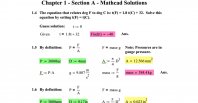
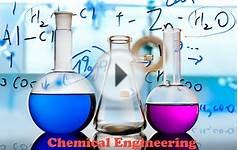

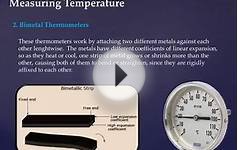
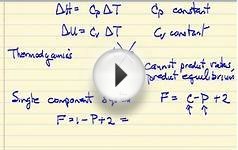





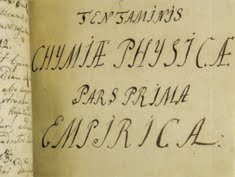 Physical chemistry is the study of macroscopic, atomic, subatomic, and particulate phenomena in chemical systems in terms of laws and concepts of physics. It applies the principles, practices and concepts of physics such as motion, energy, force, time...
Physical chemistry is the study of macroscopic, atomic, subatomic, and particulate phenomena in chemical systems in terms of laws and concepts of physics. It applies the principles, practices and concepts of physics such as motion, energy, force, time...